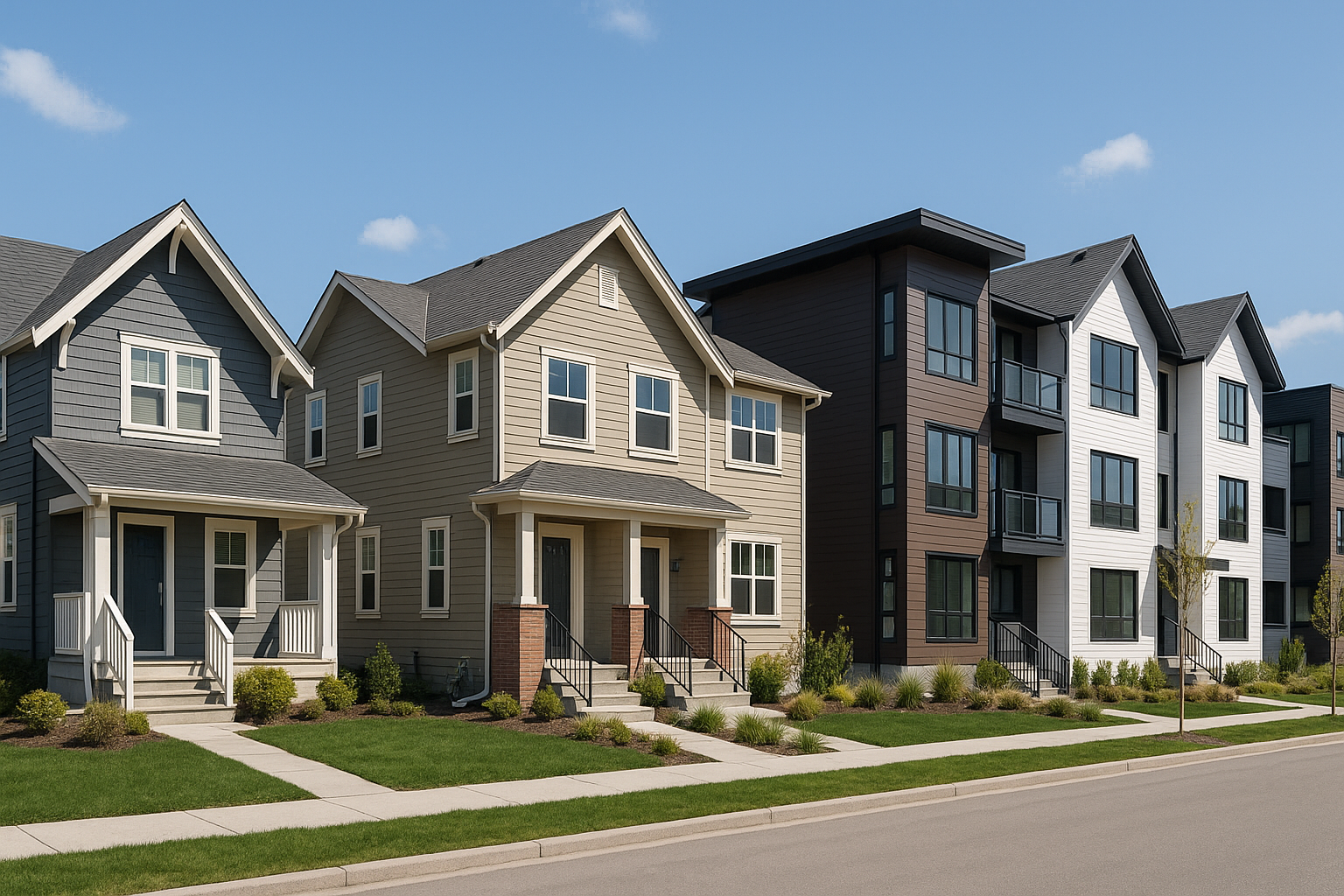
Estimated reading time: 6 minutes
Key Takeaways
- Widespread Support: Nearly 90% of B.C. communities have embraced small-scale multi-unit housing initiatives.
- Local Action: 162 out of 188 local governments have updated their bylaws, with 9 more working to align with provincial rules.
- Housing Growth: The initiative is projected to generate between 216,000 and 293,000 new housing units over the next decade.
- Collaborative Efforts: Provincial leaders and municipal officials are working together to address housing diversity and affordability.
- Adaptive Solutions: Some communities have received extensions due to exceptional circumstances, highlighting a flexible approach.
Table of contents
The province of British Columbia is taking bold steps to address housing needs with a new, positively-focused initiative. *Local communities and provincial leaders are uniting* to offer **small-scale multi-unit housing** options such as row homes, triplexes, and townhouses – a move that promises to enrich local neighbourhoods and serve a diverse range of residents.
Expanding Housing Options Together
Out of B.C.’s 188 local governments, 162 have already updated their bylaws in line with new provincial rules. An additional nine communities are closely working to achieve compliance, ensuring that more neighbourhoods will soon offer secondary suites, accessory dwelling units, and clusters of homes near transit hubs.
A Collaborative Approach
Ravi Kahlon, B.C.’s Minister of Housing, stated, “People expect governments to work together to tackle the housing crisis and provide more homes.” This strategic collaboration extends beyond provincial mandates, as municipal leaders like Kelowna Mayor Tom Dyas champion the benefits of well-planned infill housing. Urbanarium’s Amy Nugent and Akua Schatz of Small Housing BC further highlighted this as a practical and scalable solution, perfectly tailored to meet the current housing demands.
Positive Impacts Now and in the Future
According to independent analysis, these zoning changes could enable the creation of between 216,000 and 293,000 net-new housing units for British Columbians over the coming decade. This initiative is a cornerstone of the broader Homes for People action plan, which has already seen nearly 80,000 new homes either delivered or underway since 2017.
Quick Facts
- *British Columbia is home to 161 municipalities and 27 regional districts.*
- *Most local governments are already compliant or on track with the new housing rules.*
- *Certain communities have been granted extensions due to extraordinary events such as wildfires.*
- *These changes could result in hundreds of thousands of new housing units over the next decade.*
- *Small-scale multi-unit housing is seen as a solution for diverse groups, from seniors to young families.*
Ongoing Commitment
The provincial government remains steadfast in its commitment to building vibrant and inclusive communities. By working closely with local governments and addressing unique regional challenges, B.C. is ensuring that every resident can look forward to attainable, diverse, and well-located housing options. As part of this initiative, the government also recognises and respects the territories and rights of Indigenous Peoples, committing to a future of partnership and progress.
Frequently Asked Questions
What is small-scale multi-unit housing?
Small-scale multi-unit housing includes homes such as row houses, triplexes, and townhouses that are designed to provide a diverse range of housing options for different groups within the community.
How many communities have embraced the new legislation?
Out of 188 local governments in B.C., 162 have already updated their bylaws to allow small-scale multi-unit housing, with an additional nine actively working towards compliance.
What impact is this initiative expected to have?
Independent analysis suggests that these changes could result in between 216,000 and 293,000 net-new housing units over the next decade, significantly improving housing accessibility across the province.
Why were some communities granted extensions?
Fifteen communities requested additional time to implement these changes due to local challenges, including extraordinary circumstances such as wildfires. Extensions have been granted to ensure these areas can meet the new requirements effectively.

Leave a Reply